

Many of us jump to pick up perennials, shrubs, ornamental grass to help keep our gardens and patios looking lush throughout the warmer months—but one of the easiest (and most economical) ways to add greenery to an outdoor space is simply by giving houseplants a spot outside for the summer. Plus, really, who doesn’t want to spend a little extra time in the sun come summertime?
Below, we spoke to a handful of landscaping and gardening experts to get their insights on exactly how to prep houseplants for outdoor living come summertime—and how to bring them back inside for the cooler months.
If you think your houseplants could benefit from the warmth of the summer sunshine, read on for all the best practices that come with bringing indoor plants outside.
Which houseplants can be brought outside for summer?
Whether you’re an experienced plant parent or you’ve just recently picked up your first plants, it is always important to know which indoor plants are happy to grow outdoors. Here’s the list of indoor plants that thrive outdoors during the summer season:
- Cacti and succulents
- Ponytail palm
- Amaryllis
- Ficus
- Croton
- Snake plant
- Hoya
- Boston fern
- Aralia
- Chinese evergreen
- ZZ Plant
- Alocasia
- Pothos
- Dracaena
- Philodendron
Check the weather before getting started.
“To figure out the right time for moving the plants outside, you should ensure that the outdoor temperature doesn’t fall below 50°F during the day,” explains Bryan McKenzie Co-Founder, Bumper Crop Times. “If the weather report says that the night temperature will be lower, you have to hide the plants inside until the temperature rises.”
Start by “hardening off.”
According to Luay Ghafari, Gardening Coach atUrban Farm and Kitchen, it is important to slowly acclimate an indoor plant to the outside elements. This is a process called "Hardening off" and is typically used by gardeners who start seedlings indoors and need to transition them outside. The same principle applies to tropical houseplants.
“The process is simple and involves the gradual exposure of the plant to the outside elements,” explains Ghafari. “On day one, the plant will spend 1-2 hours in the shade. On day 2, you'd increase the time to 3 hours, and so on. After a few days, you'd begin giving it direct access to the sun. This process continues for about 7 days and the plant is then fully acclimated to the outside world.”
Join our newsletter
Get small space home decor ideas, celeb inspiration, DIY tips and more, straight to your inbox!
Look for spots that will protect from the elements.
Since your houseplants will be exposed to the sun, they will also be vulnerable to harsh winds and heavy rain. “Make it a point to prepare your houseplants’ outdoor location as a place where they’re going to be safe from the elements,” suggests May Flanagan, Founder of Global Green Family.
Consider more frequent watering.
“The watering requirements for these plants change when moved outside,” says Ghafari. “More frequent watering is needed as the containers will dry up much more quickly outside.”
…but ensure proper drainage.
Once you’ve acclimated your houseplants to the outside world, adhere to their typical care routine—but ensure that all of your indoor plants’ pots have sufficient drainage holes. “If you’re using saucers, avoid letting your plants stand in stagnant water for long periods, as this could hamper their growth,” shares Flanagan.
When bringing them back in…
After spending time outdoors during the summer, indoor plants must be brought back inside the home the proper way once the warm season is over. Here’s how to ensure it’s done efficiently and safely:
Check for pests and bugs.
Transitioning houseplants indoors after the summer can be done by inspecting them and their soils for signs of pesky bugs or pests like mealy bugs, which can be common during the summer. “If there are live or active pests, treat them using safe pesticides while they’re still outside,” suggests Flanagan.
Gradually reduce the amount of sunlight.
Flanagan suggests acclimating your houseplants to going back to indoor conditions by reducing the amount of sunlight they receive each day. “You can easily do this by moving your houseplants to a much-shaded spot every day for at least five days.”
Continue with your typical care routine.
Once you’ve acclimated them, place them indoors and continue doing their typical plant care routine, such as giving water, fertilizer, and the like. They should adapt much more quickly to indoor life versus the more gradual transition to being outdoors.
Kaitlyn is an experienced travel and lifestyle writer with a keen interest in interior decorating and home optimization. An avid traveler, she's currently splitting her time between her apartment in a century-old châteauesque building in Montreal and her cozy chalet in the woods (that she built with her own two hands... and many YouTube tutorials!). Her work has been published in Travel + Leisure, Tatler Asia, Forbes, Robb Report Singapore, and various other international publications.
-
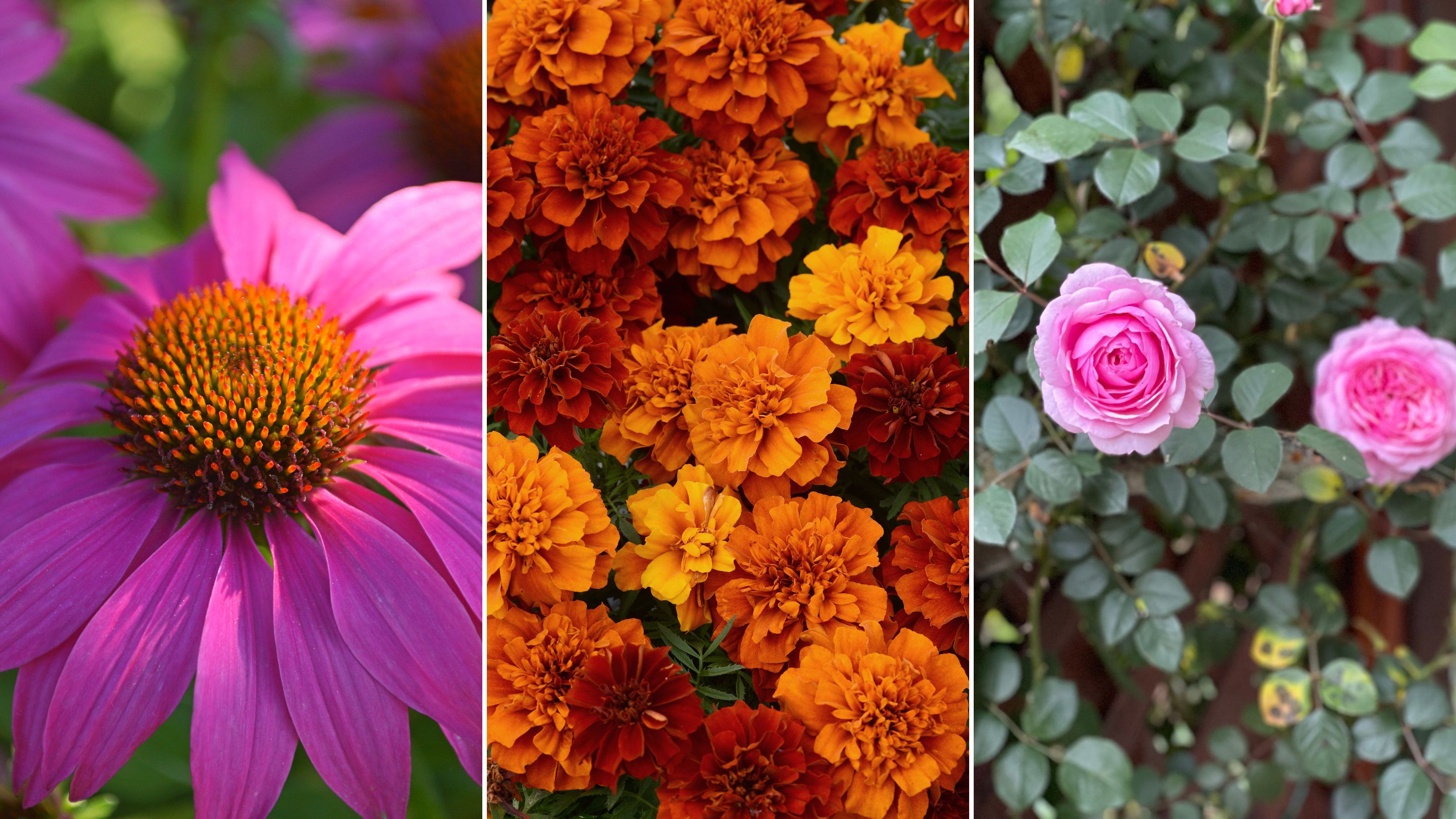 The 7 flowers to plant in August, according to gardening gurus
The 7 flowers to plant in August, according to gardening gurusKnowing what flowers to plant in August isn't always so clear-cut. But that's why we called in help from pro planters — here's what they said to pot.
By Becks Shepherd Published
-
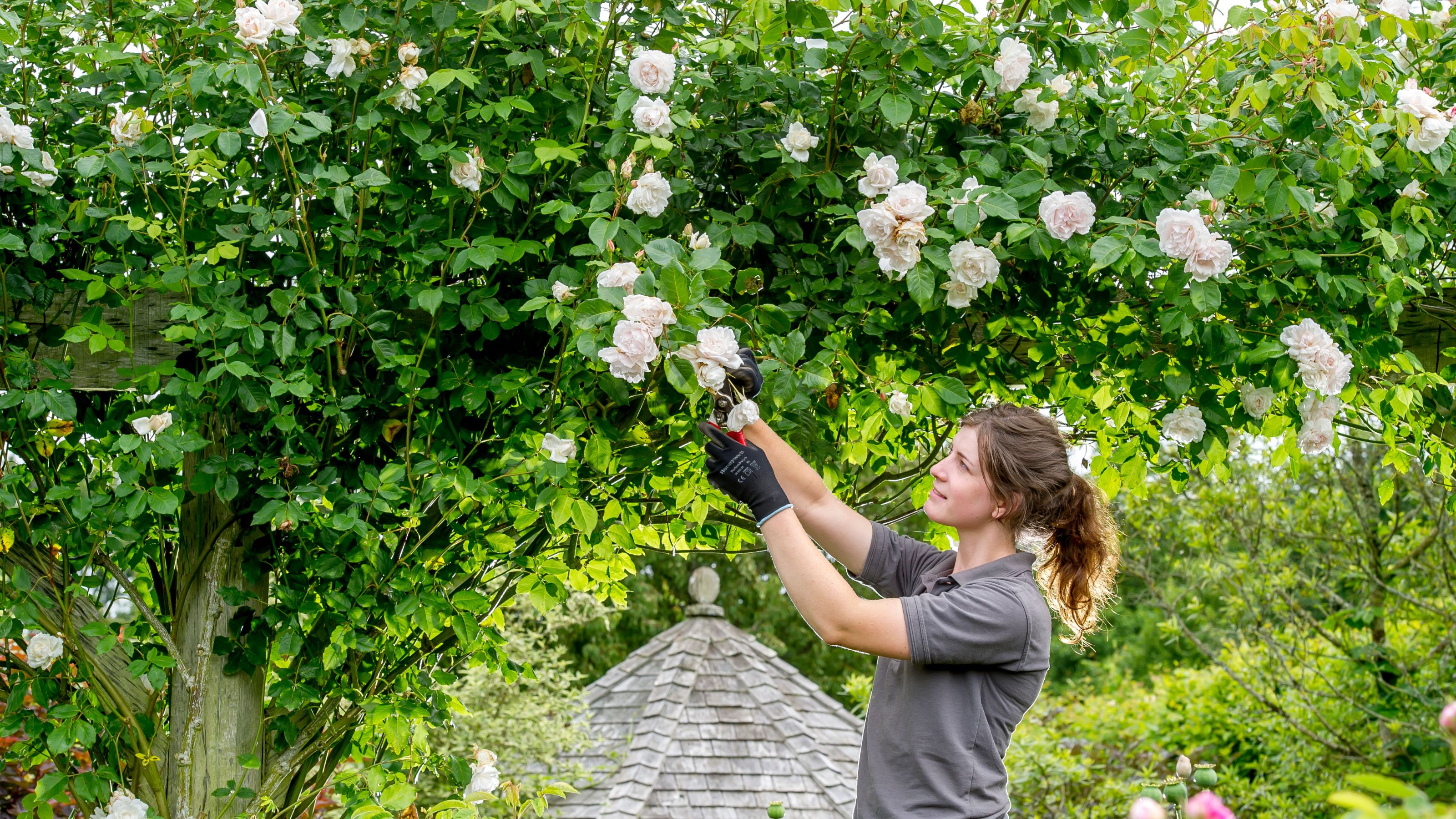 The 7 plants to prune in August — and the 2 pieces of greenery you shouldn't touch
The 7 plants to prune in August — and the 2 pieces of greenery you shouldn't touchWondering what plants to prune in August? We asked a gardening expert for their top tips plus info on what pieces of greenery to avoid pruning this month
By Becks Shepherd Published
-
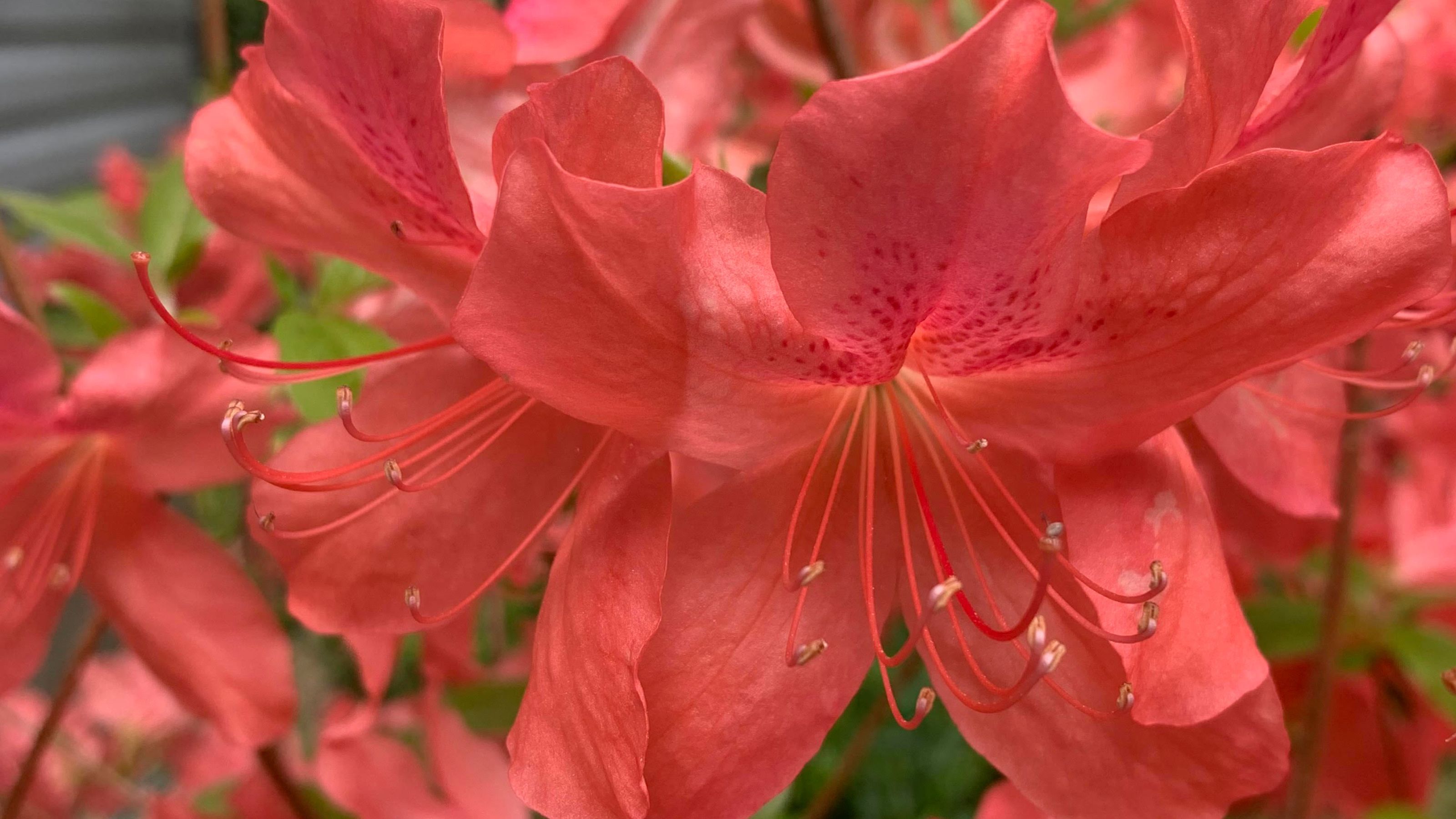 Do you need to deadhead azaleas? Top tips for pruning these flowering shrubs
Do you need to deadhead azaleas? Top tips for pruning these flowering shrubsWondering whether you need to deadhead azaleas? We asked a gardening expert for their top tips for looking after these blooms
By Becks Shepherd Published
-
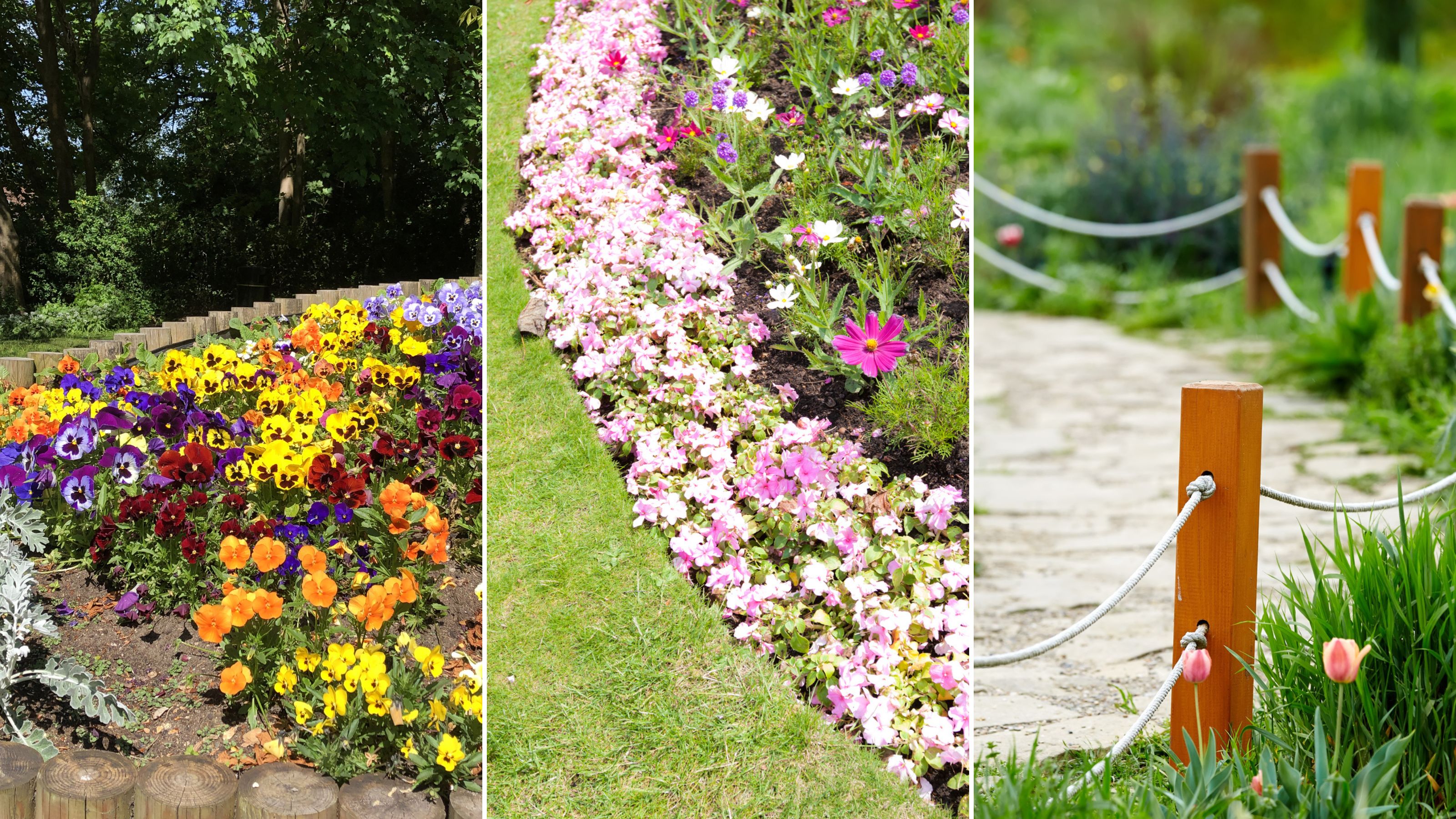 14 lawn edging ideas that will add definition and style to your backyard
14 lawn edging ideas that will add definition and style to your backyardWant to neaten up your lawn with lawn edging ideas? From fresh flowers to laidback bricks, we've scouted out materials and styles that look brilliant
By Eve Smallman Published
-
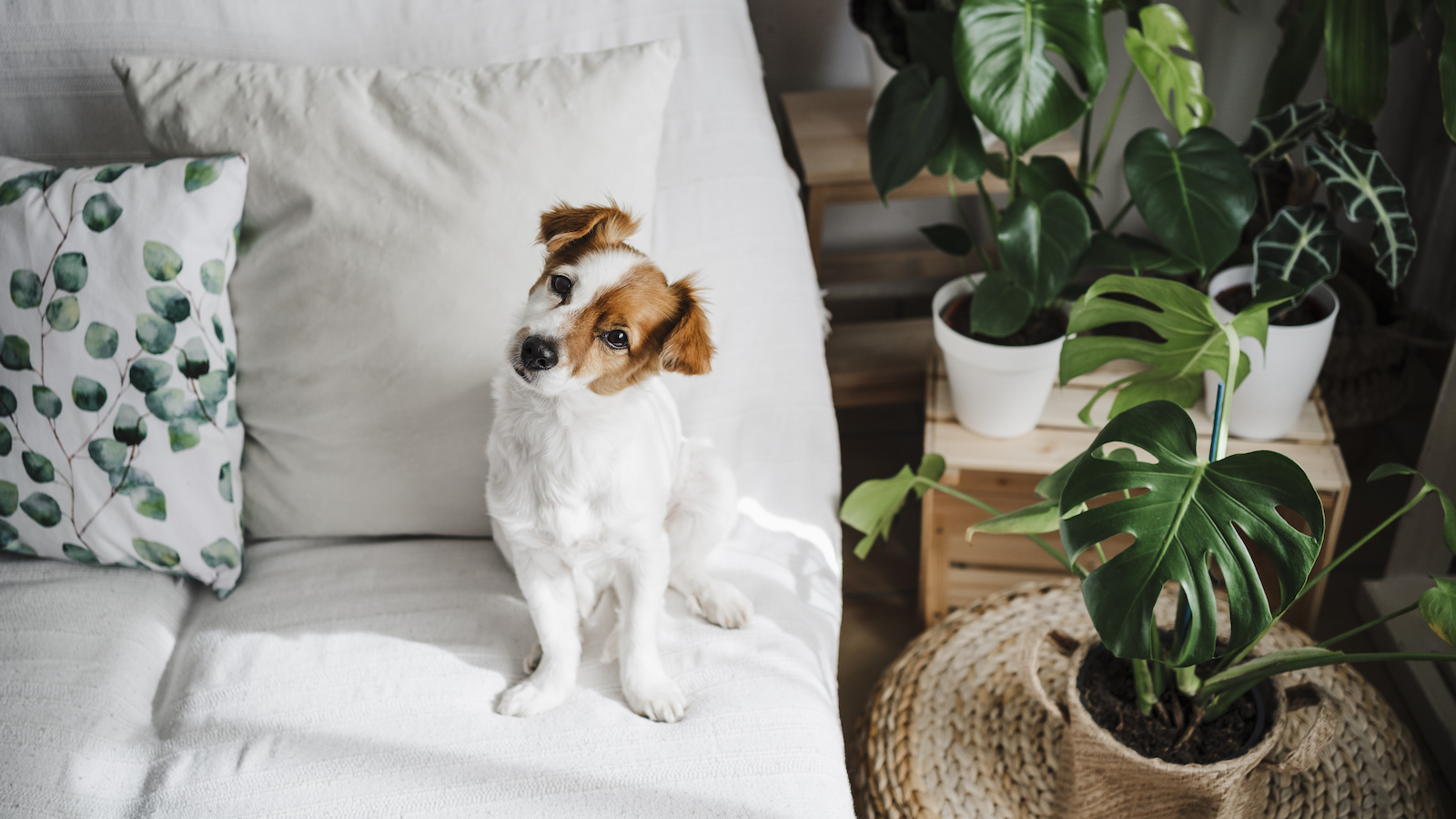 Which houseplants are toxic to dogs? Vet experts pinpoint problem plants and solutions
Which houseplants are toxic to dogs? Vet experts pinpoint problem plants and solutionsWondering Which houseplants are toxic to dogs? We spoke to vets about the problematic leafy greens, what they trigger in dogs, and how to find a solution
By Danielle Valente Published
-
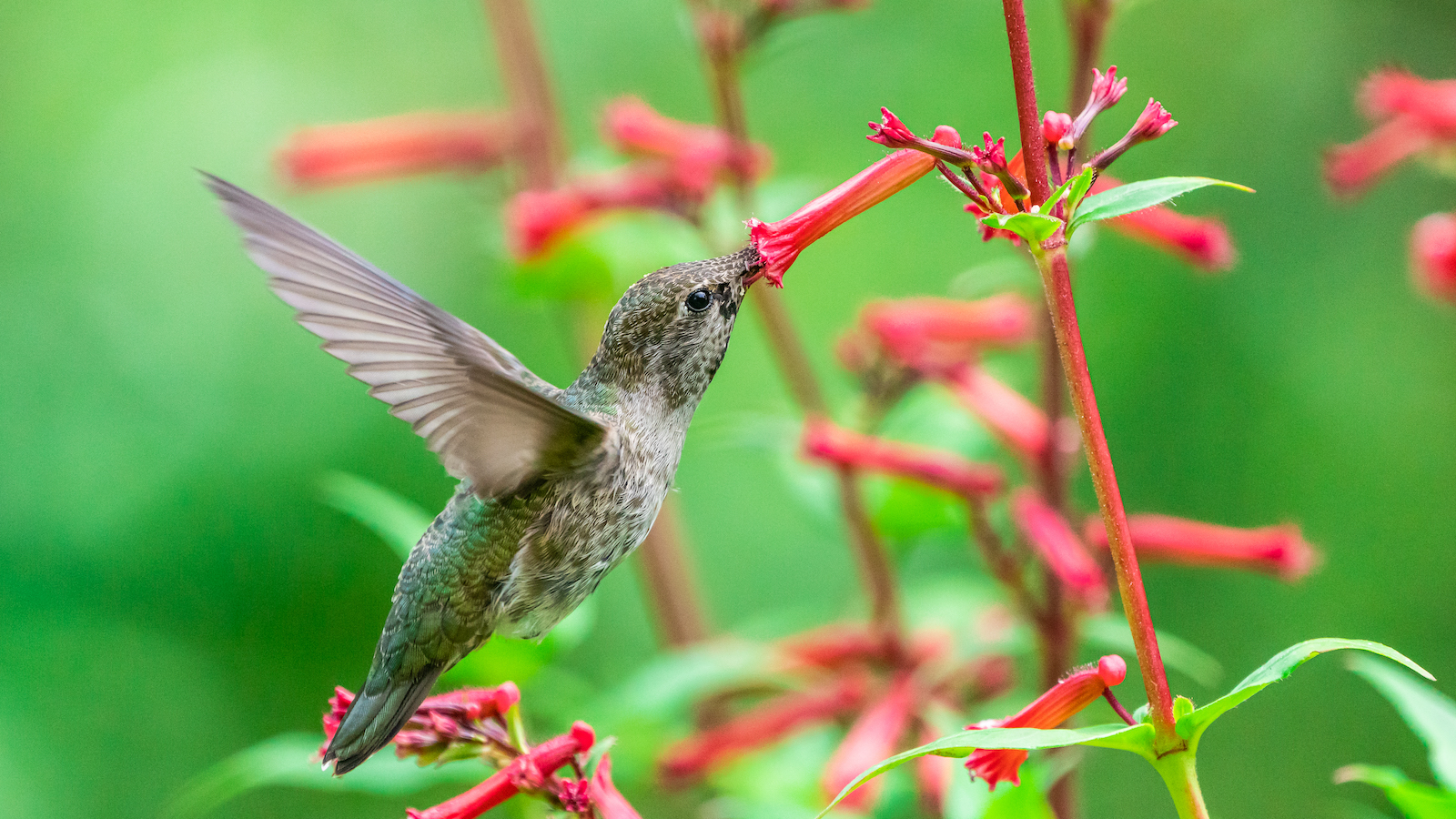 How to attract hummingbirds to your backyard, according to ornithologists
How to attract hummingbirds to your backyard, according to ornithologistsTrying to figure out How to attract hummingbirds to your backyard? These ornithologist-backed tips will guarantee you visitors in no time
By Danielle Valente Published
-
 Does hydrangea bloom every year? Pros spill the dirt on the "garden favorite" and when to expect it
Does hydrangea bloom every year? Pros spill the dirt on the "garden favorite" and when to expect itWondering, "Does hydrangea bloom every year"? We asked the pros all about the garden favorite and how often to expect them — here's the dirt.
By Danielle Valente Published
-
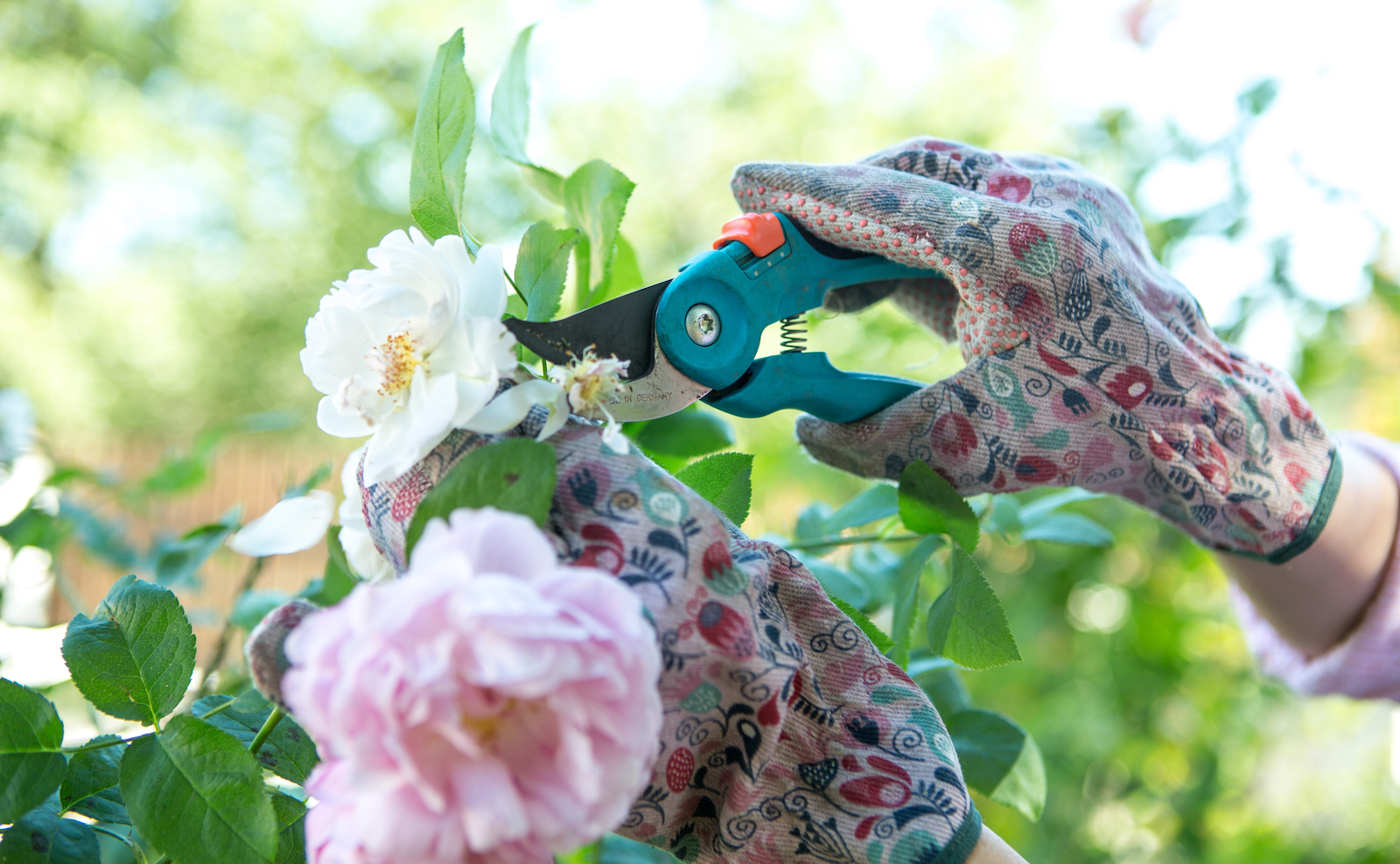 What to prune in spring — experts reveal how to get a lush, full garden
What to prune in spring — experts reveal how to get a lush, full gardenCurious what to prune in spring? We asked gardening experts for their top tips for a luscious, thriving garden
By Danielle Valente Published